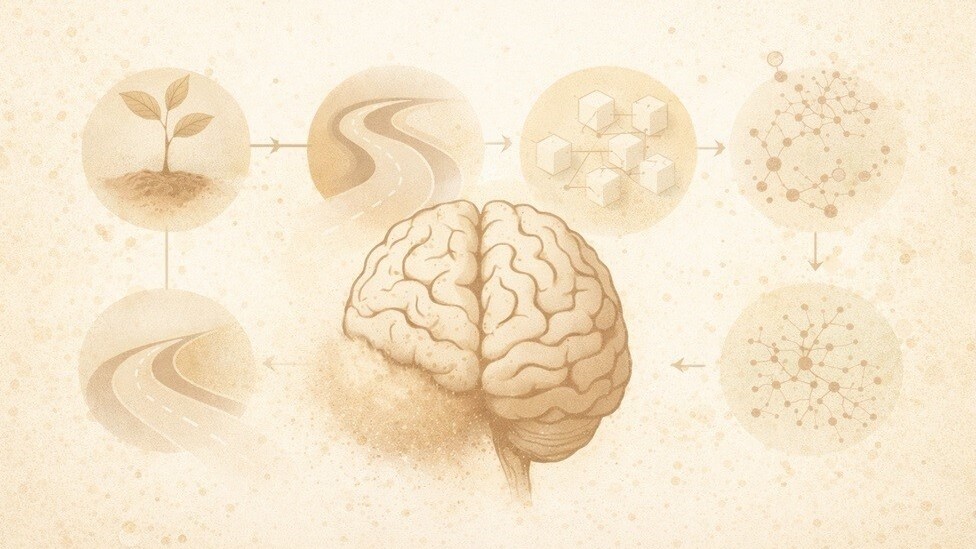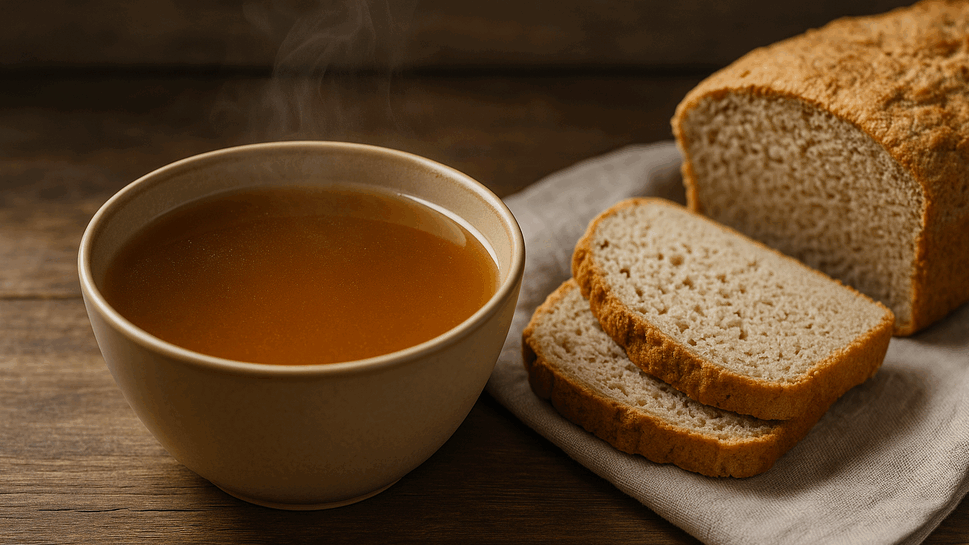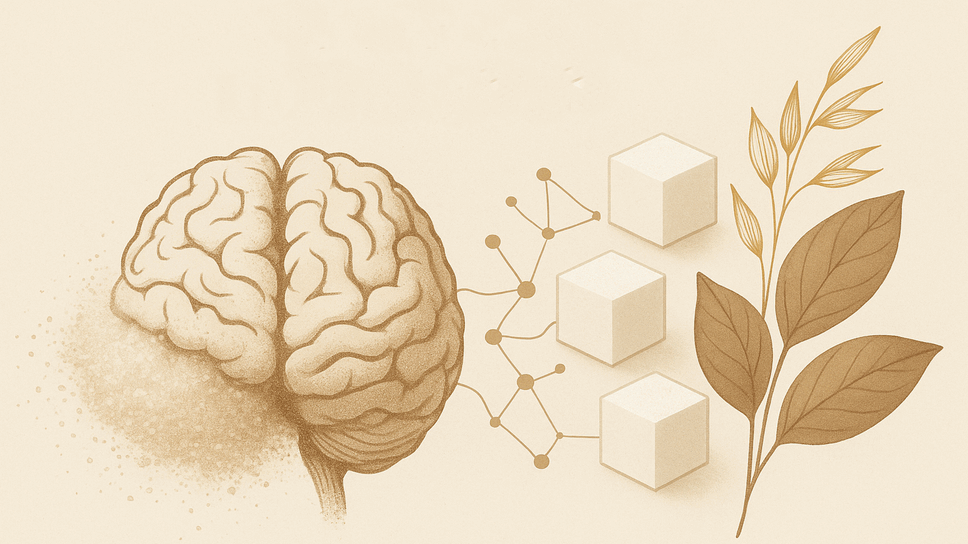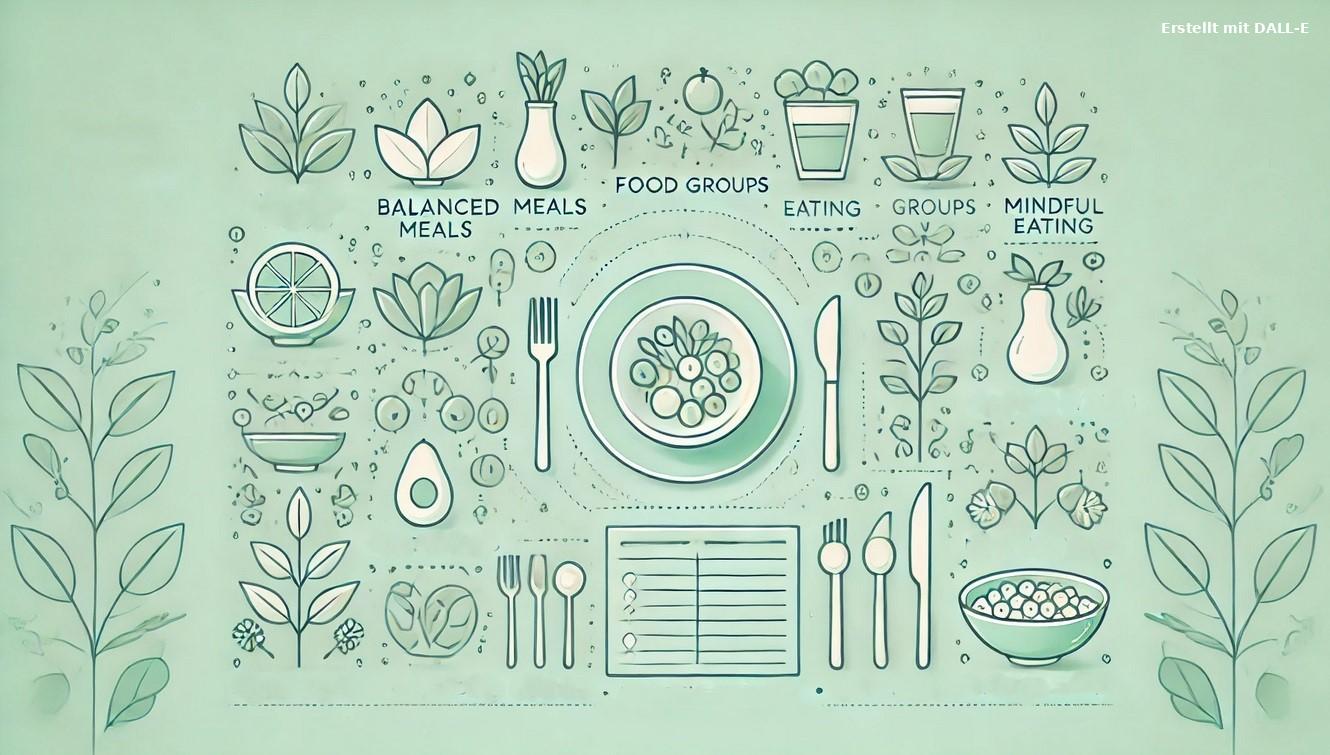
Omnivore Diet: What Does It Mean?
The omnivore diet includes both plant-based and animal-based foods. People following an omnivorous diet consume a variety of foods, including meat, fish, dairy, eggs, grains, legumes, fruits, and vegetables.
What Foods Are Included?
The omnivore diet is diverse and includes:
- Animal Products: Meat, fish, eggs, dairy
- Plant-Based Foods: Fruits, vegetables, grains, legumes, nuts, seeds
- Processed Foods: Bread, pasta, ready-made meals (depending on individual preferences)
Possible Benefits of an Omnivore Diet
- ✅ Wide range of nutrients from various sources
- ✅ Flexible and adaptable to individual needs
- ✅ Easy to implement, as no food groups are excluded
Challenges of an Omnivore Diet
- ⚠️ Food quality matters (e.g., ethically sourced meat, organic products)
- ⚠️ Finding the right balance between animal and plant-based foods can be challenging
- ⚠️ Sustainability considerations should be taken into account
Who Is This Diet Suitable For?
The omnivore diet is ideal for individuals who want a diverse and flexible eating pattern that includes both plant-based and animal-based foods. It allows for customization based on personal preferences.
Conclusion: A Diet with Many Possibilities
The omnivore diet is a flexible way of eating that includes a broad variety of foods. The key is to focus on high-quality, balanced choices to ensure optimal nutrition.
✨ High-Protein Baking Mixes for a Balanced Diet! ✨
👉 Looking for high-protein baking mixes that fit perfectly into a balanced diet?
Our Pro-Fi Baking Mixes offer exactly that: high protein, fiber, and fewer carbohydrates – ideal for a diverse diet.
This post is for informational purposes only and does not replace medical advice.
Das könnte dich auch interessieren
19. December 2025
The brain does not age linearly – and that is precisely its strength
Why does learning new languages often feel effortless at a young age, while later in life…
7. November 2025
As good as homemade bone broth – just more modern
The answer from UNE Foods Anyone who has ever made traditional bone broth knows how much…
24. October 2025
Sugar – The Silent Saboteur of Our Brain | UNE FOODS
Sugar affects far more than just blood glucose levels – it shapes how our brain thinks,…

